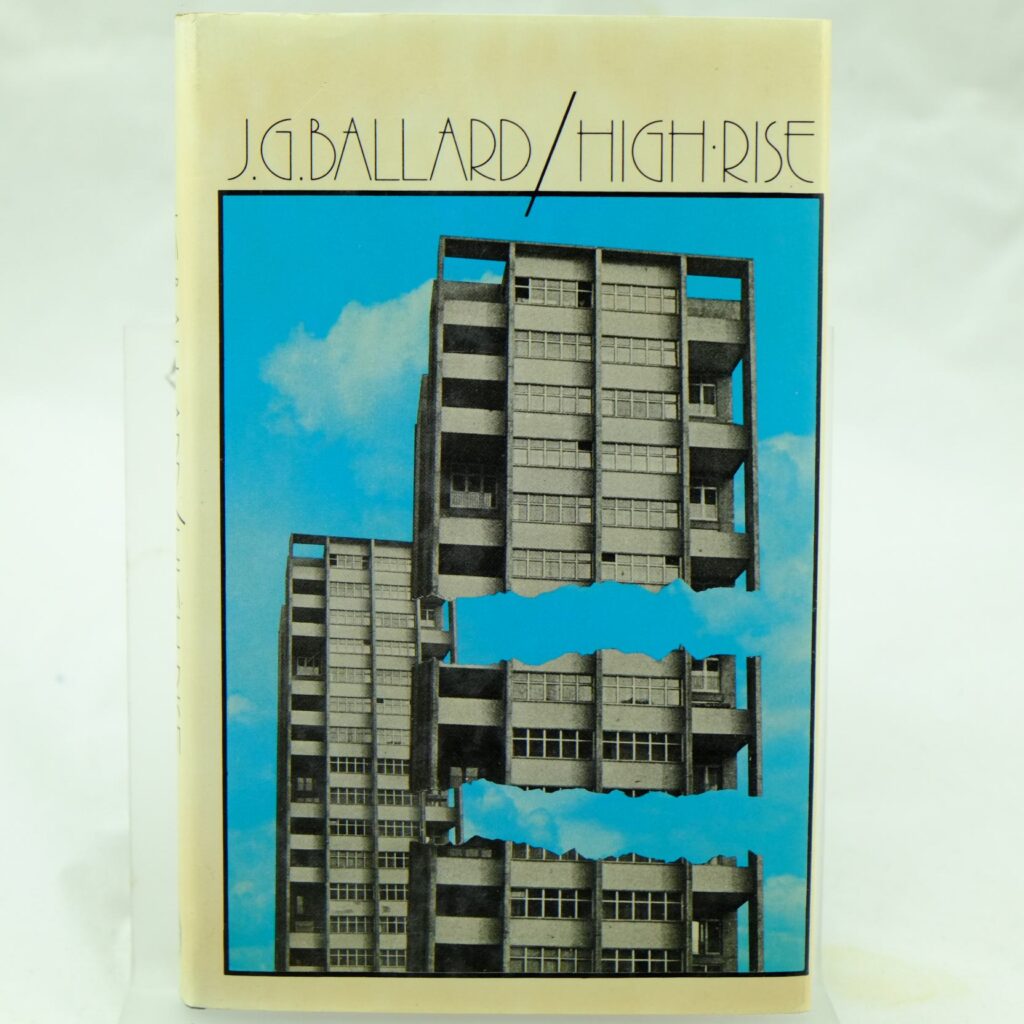


Swiss-born French architect Charles Edouard Jeanneret assumed name Le Corbusier, and was a proponent of utopian modernist architecture. The first tower block was built in London in 1954, and by the end of the 1950s half a million new flats had been built, many of which were in new “mixed” developments that included multistory blocks. This attitude, combined with the need for high-density housing, resulted in the construction of what are now called tower blocks in Britain: apartment buildings of multiple stories that might also include other amenities, such as common space at different levels, with shared walkways and stairs dubbed “streets in the sky.” Packing many more people into a smaller footprint and offering all the modern conveniences, these models had great appeal for housing chiefs and a tremendous impact on postwar building. “Utopian modernists,” such as Le Corbusier, believed that advances in technology and engineering could produce forward-looking architecture that would promote essentially socialist ideals of offering beneficial housing to all. In that aftermath, some architectural and planning theorists saw a clean slate on which to begin anew with modern ideas and advances in technology and ways to create new towns and solutions to urban and suburban housing. Ballard described it as “a terribly shabby place.” It was, he said, “locked into the past and absolutely exhausted by the war.” Coming to England as a teenager in 1946, after having been raised in the Shanghai International Settlement and spending two years in a Japanese internment camp, novelist J.G. The necessity of building, and quickly, shelter to replace the 100,000 houses destroyed by the Blitz in London alone, meant there was little room for romance. Housing in postwar Britain was anything but romantic.


 0 kommentar(er)
0 kommentar(er)
